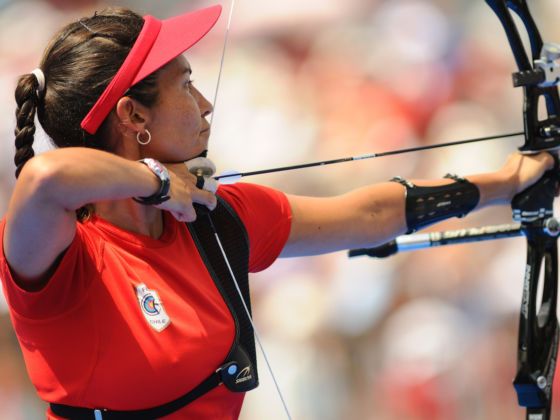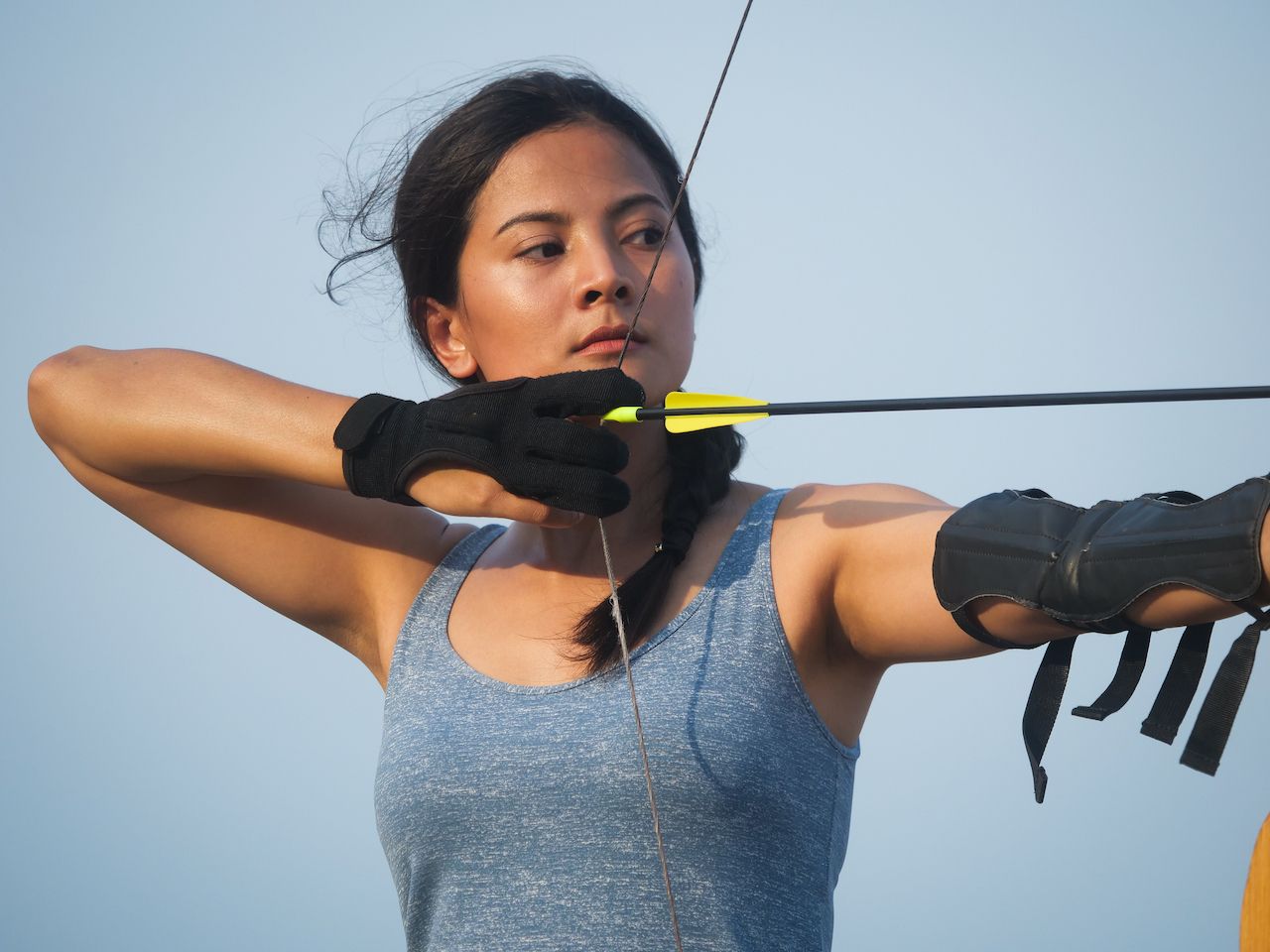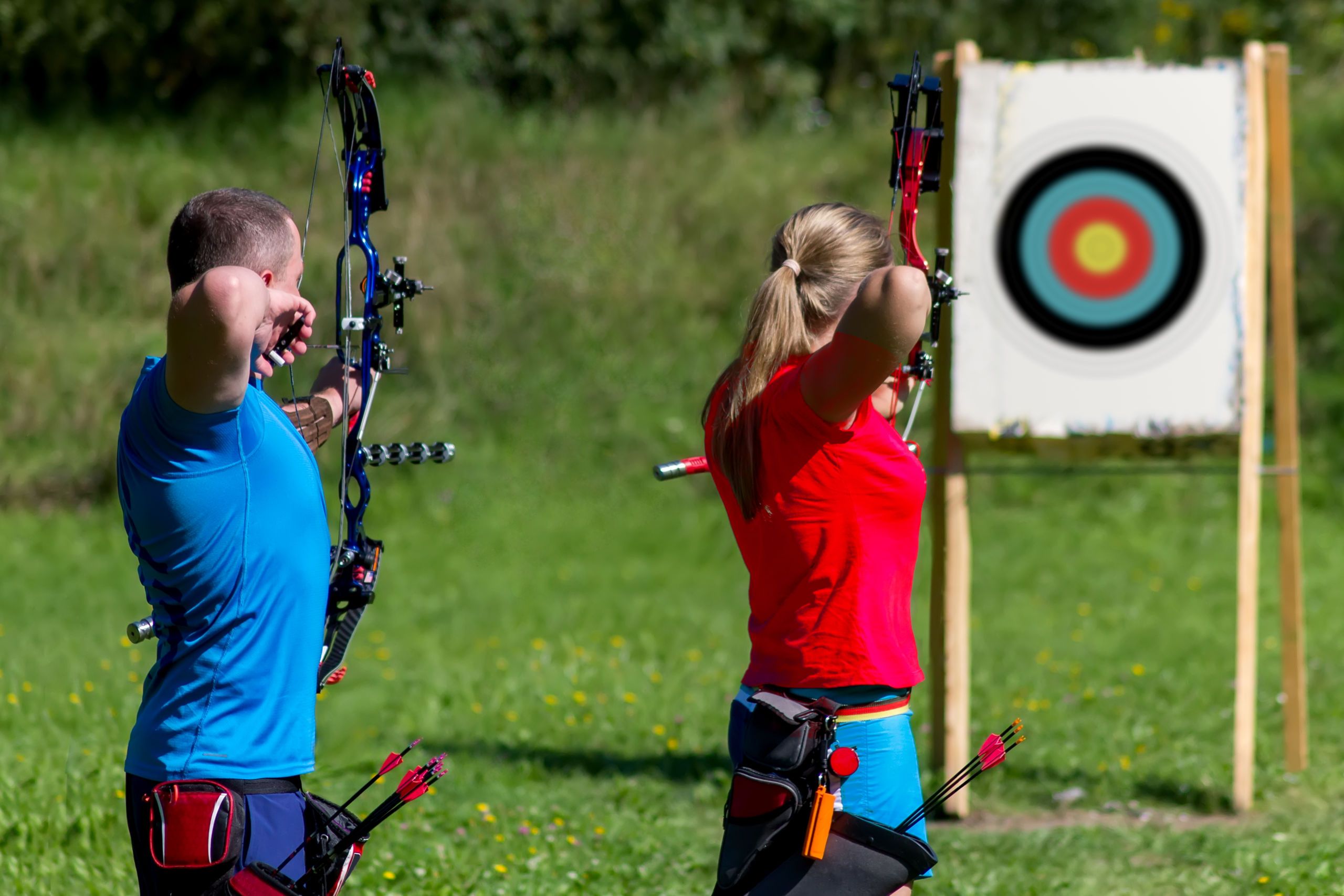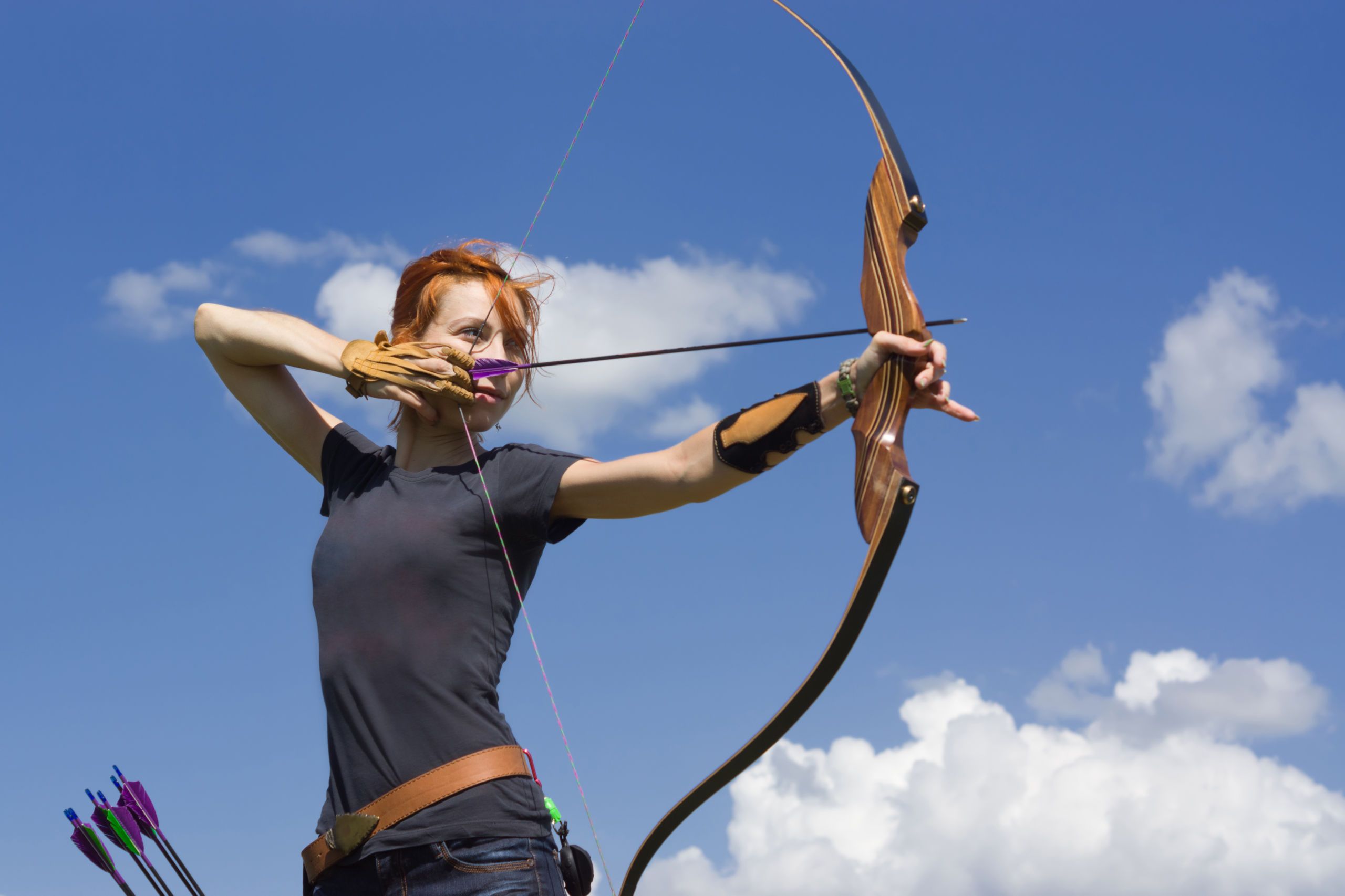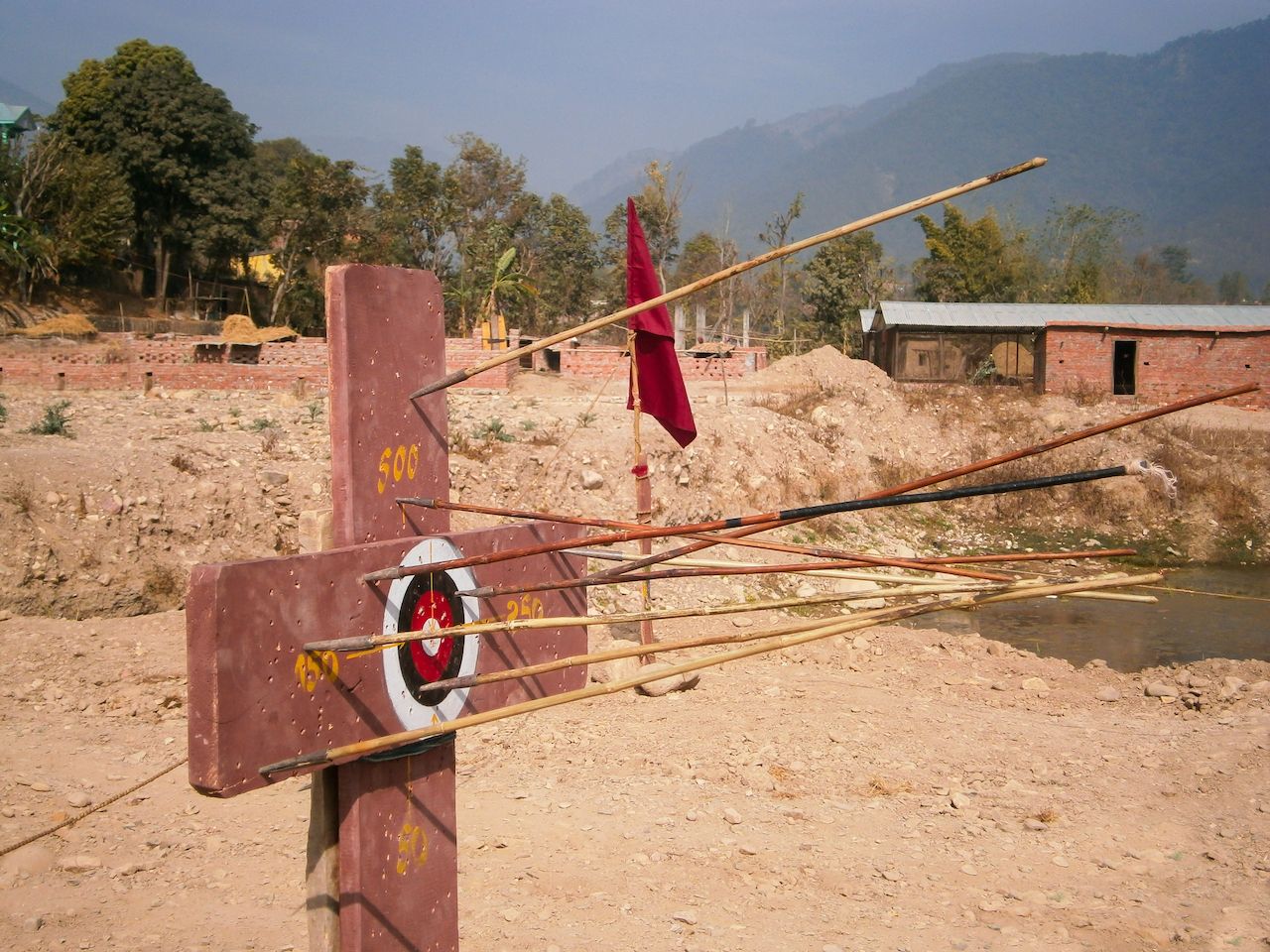The target sits in the distance. The archer draws an arrow from their hip, nocks it to the string, raises the bow, and draws. They aim, exhale, and let go. In one still moment, everything comes together: the archer’s stance, their breathing, the tension of the bowstring. The arrow flies, and thwacks into the bullseye.
Archery is older than recorded history. Ancient arrowheads date as far back as 70,000 years, and famous archers are baked into mythology. For centuries before firearms, bows and arrows ruled the battlefield and decided the fate of kingdoms. The lessons and values of this art persist today, where archery is practiced as a sport, a hunting skill, and a martial art.
